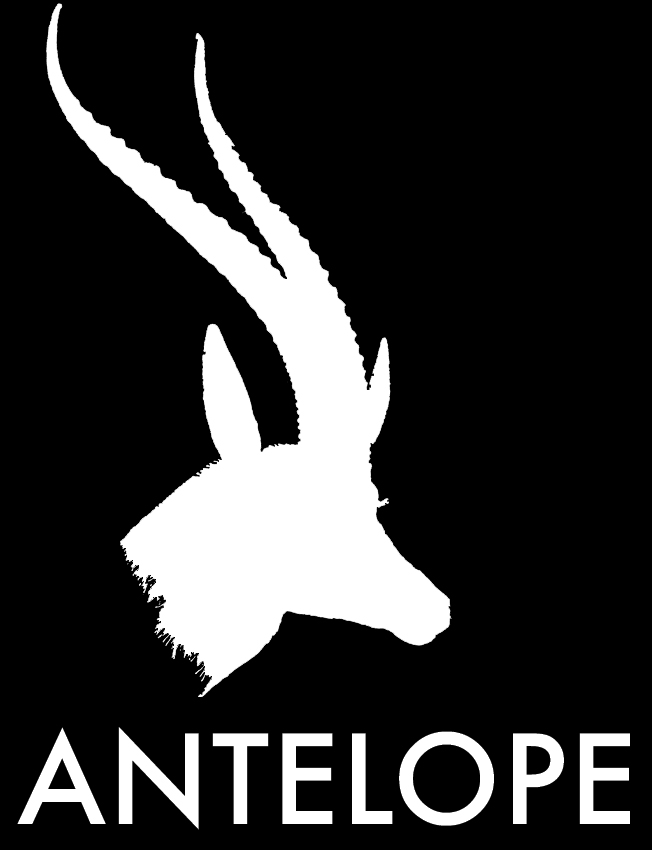As I write this, I have the not very PC song, Runaway by the not so politically correct, Kanye West and Pusha T playing in the background. It’s a cracking tune, not only as it is nearly 8 and a half minutes long, which if you are doing something incredibly boring makes time fly, but also as part of its lyrics are “Let’s have a toast to the douchebags…a toast to the scumbags.” Now I am not advocating toasting the douchebags and the scumbags in this blog, but it did make me think those we toast and those we don’t, as well as those who toast themselves, and those who don’t.
I have talked a lot about Linkedin in my posts over the last 12 months and how I feel the personal/professional boundaries have blurred on the platform, and regardless of if you think that’s a good or bad thing, it’s hard to get away from looking at peoples’ views - whether that’s their opinion or from their back garden. However, what is still the same is that LinkedIn, like other social media platforms, does court those extroverts, those who are happy to put their whole selves out there.
So, this blog is a shout out to the introverts, to all those who we know do an amazing job but don’t feel comfortable shouting about it. No, it’s not going to be an Oscars’ roll call of saying thank you to those I personally work with that are underrepresented on social platforms, but more of how those who don’t feel comfortable sharing with their nearest and dearest, let alone their non nearest and dearest on Linkedin, can have a profile without feeling slightly ick about it.
1. Share your successes
We know by association drives the most credibility so talking about work that you have been involved in with the focus on the project is a great way of promoting yourself. Keeping the tone less braggy, “Here’s a great project that wouldn’t have happened without me” and more collaborative “So happy to see this product launched which I have been lucky to be part of the development team on for the last 24 months…” says volumes and is far more engaging to read.
2. Share your teams’ successes/news
Sure, it’s great to like others in your organisations’ posts, but engagement is really measured by comments and forwarding it on. So go on press that Reshare button but don’t just leave it at that but add some value with your own opinion. So back to the product launch above, something like “Having worked in the industry for the last decade, and being a mum of three, I professionally and personally know there is need for this AI baby soother and it will not just revolutionise the marketplace but be your child’s best friend for the next 20 years.”
3. Flag industry events you are attending
It’s always good to let people know you are going to be somewhere, especially if they are potential clients or existing clients. But let’s step away from the “I am attending….email me if you would like to grab a coffee” messaging. It feels as personal as a politician knocking on doors to get votes. Perhaps try the approach, “Next week I’m off to the Regeneration of town centres conference in Timbuktu. Not only do I hope to see lots of familiar faces and new ones there, but I’m interested to see how the speakers address the issue of how regeneration links with social mobility, whether the investment already committed is enough to change the shape of some of these towns and to hear the voices of the local people. Anyone agree? Or what are you looking forward to?” Events always come with itineraries for the day which give you a framework to talk about the issues mentioned and shout out the speakers. You never know they might @mention you back, increasing your profile no end.
4. @mentioning
Which brings me to @ mentioning others and listening to others too. If you have 50 followers but someone you follow has 50,000, making a comment on their post is more likely to be seen by more people than you can ever reach. It doesn’t have to be long, but just relevant and interesting. Likewise, @mention people you want to connect with or who you might feel a post could be interesting to – it makes you look connected, even if you are not.
5. Social karma
And finally, be kind. The more you share others work and give others credit, the more others will do the same for you. Honestly. It is like social karma.
So, here’s a toast to the introverts, who I am not suggesting I will toast on Linkedin as again, there’s nothing more smug that seeing someone having a drink while you are stuck at your desk.







